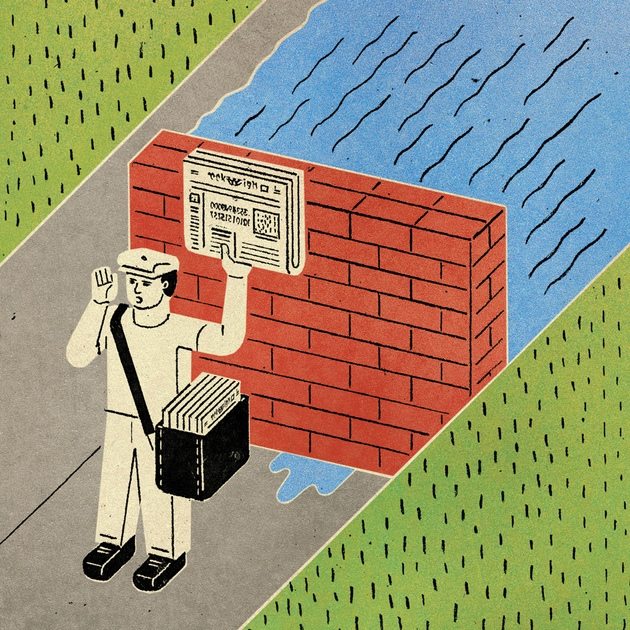The young man standing before the Burbank City Council had a simple request: a stop sign for his busy street, to slow down the cars racing by. He had kids, his neighbors had kids, and they lived in fear that one day a speeding car wouldn’t stop in time.

The council brushed him aside. Stop signs are for controlling the right of way, he was told, not limiting speed. Besides, this was a council with big dreams, like remaking an aging downtown. Don’t bother us with your silly stop-sign request was the message.
Still, the confrontation made the next day’s Daily News, where I was a reporter. And the next week, the guy was back at the council meeting, with dozens of others who had read the story. A few months later, the young man was sworn in to a council seat. The new stop sign wasn’t far behind.
That episode, a quarter-century ago, came at what now seems like a golden age in newspapering. The biggest papers had legions of national and foreign reporters, and robust investigative teams. Just about any town of any size had reporters checking planning commission agendas and combing police logs. Even in the small town of Vista, Calif., where I got my first reporting job, there were often four of us, from four different daily newspapers, covering a city council that met in a senior citizen nutrition center.
Today, papers have far fewer folks to keep an eye on things. I sometimes wonder when was the last time any reporter wandered through a local government office, asking why rules were bent to give someone a zoning variance. True, it was small stuff, and the story was unlikely to win the reporter an award or overseas assignment. But quite often, it was journalism that made a difference.
It’s a chilly night at Coors Field in Denver, where the Dodgers are beating the Rockies, and my friend Stephen Keating is holding forth on the future of newspapers. He’s a media consultant and the former business editor of The Denver Post.
“If I were running a newspaper today,” he tells me, “I’d build as high a wall as I could around Sunday.”
It’s a sentiment I happen to share. The Sunday paper represents what’s best about newspapers — rich with serious content, to be sure, but also brimming with stories that you don’t go looking for but find, magically, unexpectedly, in a way that you wouldn’t in a Google search. You might never have asked yourself, “What happened to the guy who sang ‘Walk Away Rene’?” But then you read a headline, you see a photo, and you’re hooked.
Papers offer this up every day, but reading the Sunday paper is different. We’re not just gobbling down content; we’re setting aside time to read, to learn, to be surprised.
All of us still in the business accept that newspapers are now news organizations, and that there is no such thing as “after deadline” anymore. (Breaking news at 3 a.m.? File it to the Web!) But many of us also hope that even with news on mobile phones and snazzy electronic devices, a lot of people will still want the experience of quietly reading the morning paper over toast and coffee, at least sometimes.
There are parallels in what happened to movies after television. Americans went to theaters less often, but movie-going persisted as a weekend diversion and a date-night experience.
Some of the smartest minds in the industry are trying to figure it out. Maybe we can build “paywalls” to get more revenue from online content. And maybe, if that succeeds, we can rebuild the depleted ranks of reporters to patrol the nation, the world and, yes, that city hall near you.
John Corrigan is business editor of the Los Angeles Times. He was project editor for the paper’s 2004 Pulitzer Prize-winning series, “The Wal-Mart Effect.” This article was published in the summer 2010 edition (Vol. 1, No. 1) of LMU Magazine.
